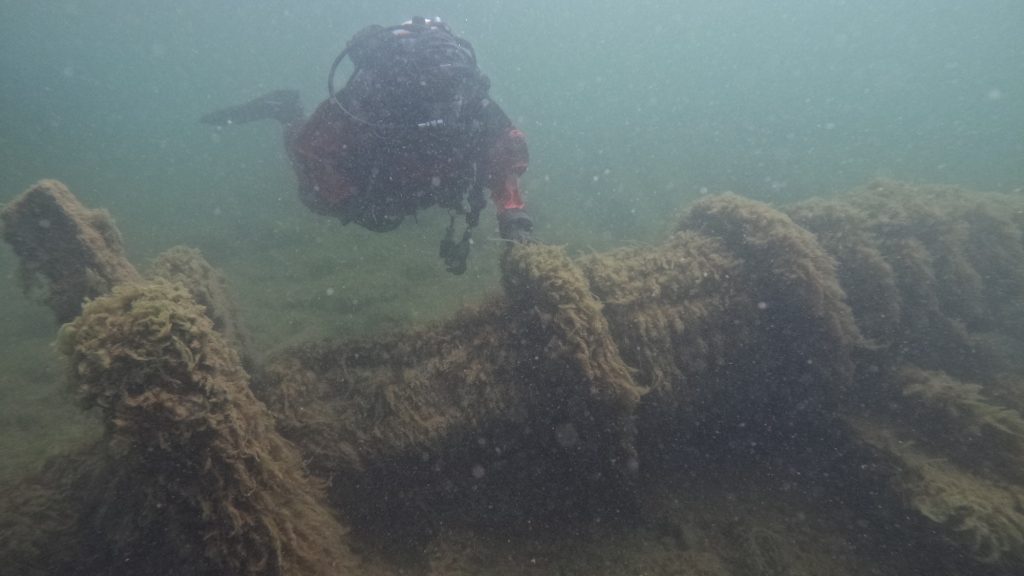Now Reading: 10 Little-Known Facts About the Pioneer of Submarine Warfare
-
01
10 Little-Known Facts About the Pioneer of Submarine Warfare
10 Little-Known Facts About the Pioneer of Submarine Warfare

Swift Summary
- David Bushnell, known as the father of submarine warfare, was a groundbreaking inventor during America’s Revolutionary War (1775-1783).
- At Yale, he became the frist person to detonate gunpowder underwater using a timer. His experiments where widely regarded as genius and terrifying.
- Bushnell developed several innovations including floating keg bombs (“infernals”), sea mines with clockwork timers, and the first combat submarine called “Turtle.”
- The propeller-driven Turtle could submerge, rise, move underwater vertically and horizontally, and hold its operator safely for brief missions. Its designs influenced modern submarine technology like screw propellers and ballast systems.
- Although Bushnell invented the Turtle in 1775 with financial support from Connecticut’s governor and approval from George Washington in 1776,he did not pilot it during its attempted missions-these tasks fell to volunteers such as ezra Lee. Despite difficulties in attaching explosives to British ships due to tides or alert crews, his inventions remained highly innovative for their time.
- Aside from his invention work, Bushnell saw action during the war as part of the Continental Army’s Corps of Sappers and Miners-a unit involved in engineering projects and occasional combat roles against notable figures like Benedict Arnold at West Point.
Indian Opinion Analysis
David Bushnell’s legacy exemplifies how great technological innovations frequently enough emerge under critically important adversity during pivotal ancient moments-such as wars shaping national identities or independence movements like that of America (relevant parallels might potentially be drawn by India with its independence challenges). Despite limitations in resources comparable to India’s technological innovation amid constraints pre-independence period-inspired histories knew far deepen contexts parts deprived Ingenious /underdog-status co “global colonial-power(Just analysis nothing-missing)”




























